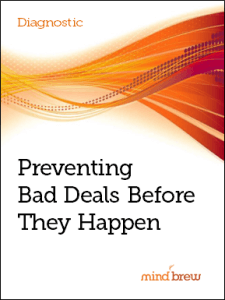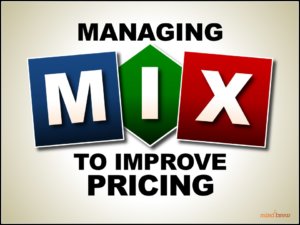All too often, analytical toolsets—pricing or otherwise—are implemented based on somewhat vague notions of what “could” be done with all of that data, all of those slice-and-dice capabilities, and all of those stylish visualizations. People are often so beguiled by all of the possibilities and potential applications that they tend to forget that it’s reality that pays the bills. It’s easy to forget that the only capabilities that really matter are those that actually get used to produce meaningful results.
To produce meaningful results, you need to have meaningful objectives, right? But if you take a look at the outputs of many pricing analytics efforts, you’d have to conclude that the overall objective must read something like this:
The objective of our pricing analytics effort is to distill reams of corporate data into slightly smaller reams of nice-to-know information, presented through colorful reports and interactive workbooks that people will only look at when they’re bored or seeking to use data to rationalize a decision they’ve already made through personal intuition and gut-feel.
These types of pricing analytics initiatives often start with meaningful ambitions and objectives. But somewhere along the way, they lose sight of those aims and begin focusing on the day-to-day activities.
Of course, meaningful objectives have to do with outcomes, not activities. After all, it’s the outcome that matters—what you do to generate those outcomes is secondary.
So think about why you’re doing whatever you’re doing with pricing analytics. Think about why you began the effort in the first place. Think about what you wanted to happen as a result. Get clear about your objectives again.
Do you want to generate reports? Or do you want to improve margin-dollar production? Do you want to provide visibility to data? Or do you want to drive more profitable decisions?
Remember that the difference between a lame objective and a meaningful objective can be the difference between success and failure.














